1086
Domesday Book

Domesday Book
“In Blachelew hundred William D’Ow holds Stanhus.Tovi held it in the time of King Edward. There are 2 ploughs on the Lord’s land, and 21 peasants and 9 cottagers with 22 ploughs. There are 4 serfs and 2 mills of 17/6. There are 2 arpents of vineyard. The value is and was £8. This manor pays the geld tax.”
The first record of the manor house which was likely to have been on the site of the present day Stonehouse Court Hotel, comes in the Domesday Book in 1086. The name Stanhus indicates that the house was made of stone. There were also 2 mills and a vineyard.
The mills were probably where Lower Mills and Upper Mills stand today, just over the canal in Bridgend. The vineyard may have been on the slope down to the river west of Stonehouse Court.
In those days income was made mainly from agriculture and the manor had a large park stretching up north towards the village and west towards Oldends Lane.
1348
The lands were granted to John Maltravers for payment of a rose per annum. This may be the origin of the rose which Stonehouse has as the emblem of the town. Tudor roses appear in various places in the present building.
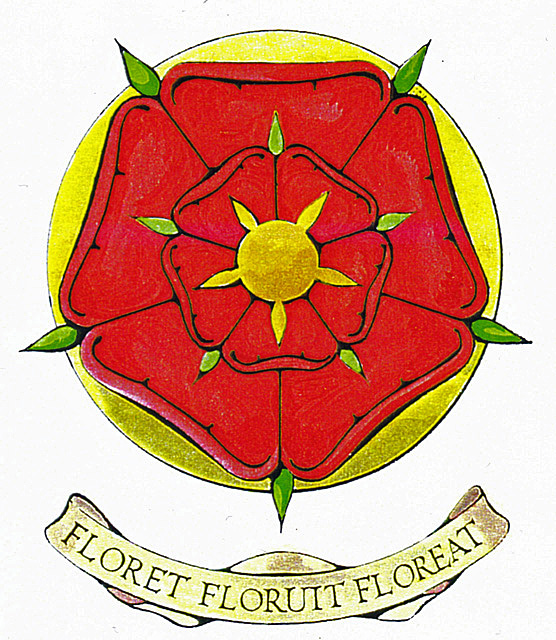
Stonehouse Rose
1363
Every Englishman was ordered to practise archery. The piece of land to the east of the manor house where Church Lane now runs was probably where archery butts were placed. Archery competitions would have been held there.
1375 – 1558
The manor was owned by the Earls of Arundel. The Lord of the Manor did not necessarily live at the house; it would have often have been occupied by a steward or tenant. During this period the manor house was a working court, holding jurisdiction over the whole manor. This is when it became known as Stonehouse Court.
1558
The Court was sold to local clothiers William Fowler and William Sandford. The cloth industry was now becoming the major source of employment in the area.
This photo from 1781 may show the Old Hall which was the manor house before 1601. Low building to the extreme left.
Click here to read more about the Old Hall.
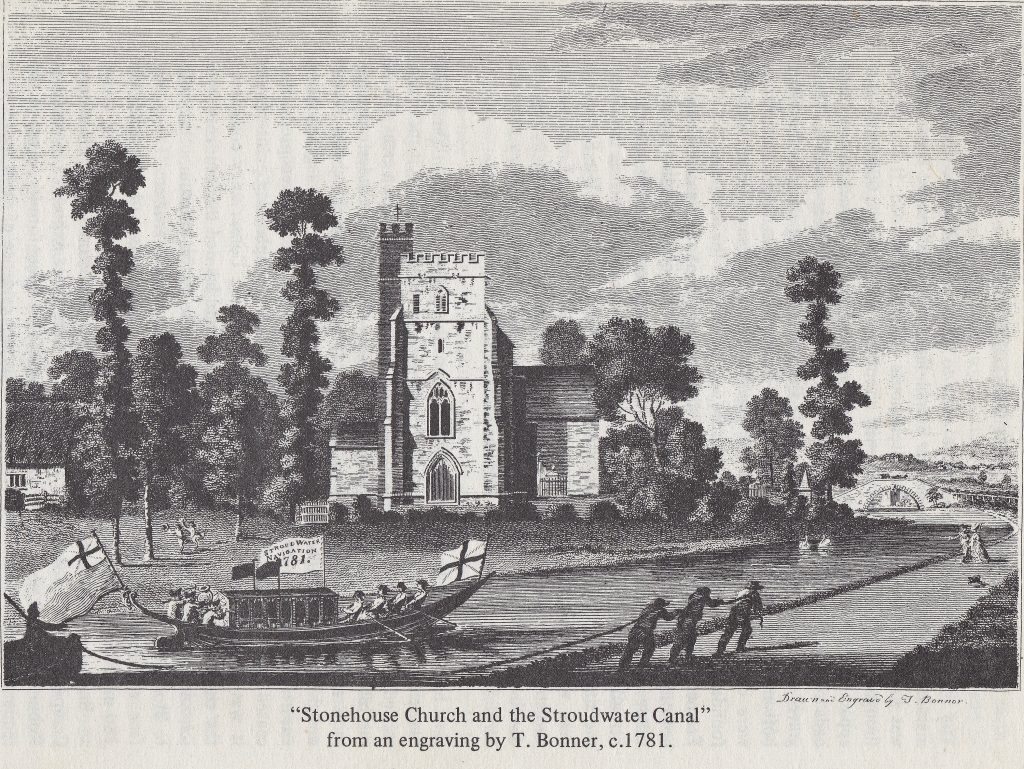
1601
William Fowler’s son Daniel rebuilt the manor house in the style we see now. The date stone over the door is thought to commemorate the new building.
E R 43 – the 43rd year of the reign of Queen Elizabeth 1st.
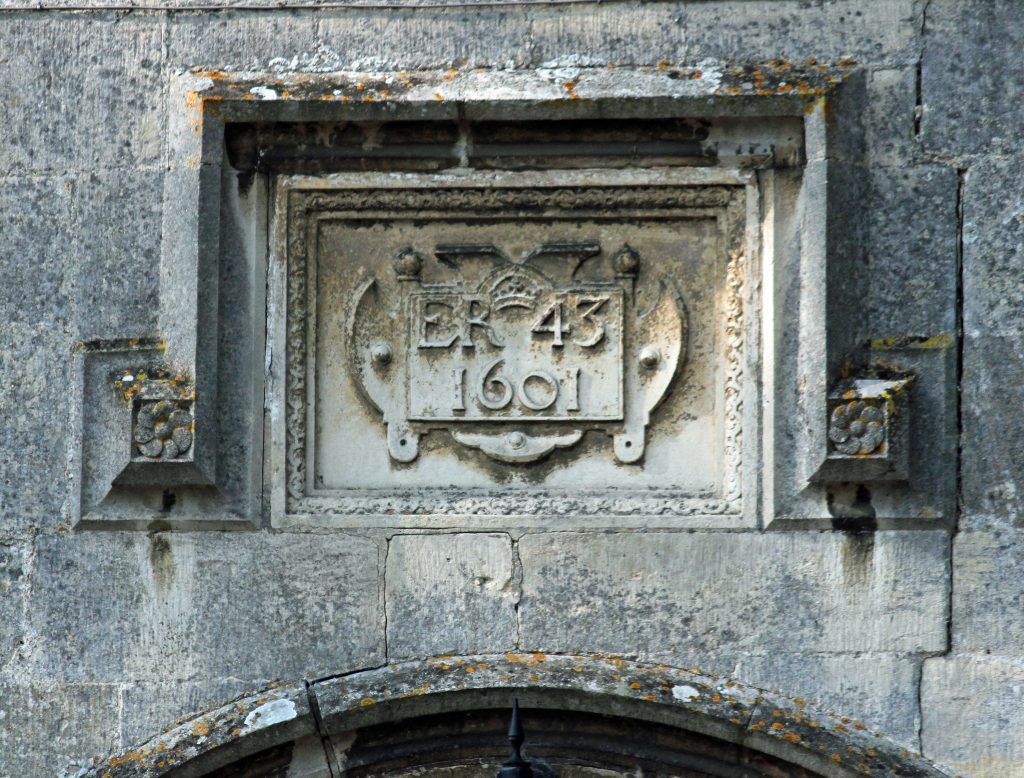
Plaque above the entrance to Stonehouse Court with the date it was built – 1601.
1685
The Court was let to farmers with the owners living in grander places.
1730
The earliest surviving map of the manor lands.This map was made for Levi Ball Esquire, who became the owner of Stonehouse Manor in 1729, and died around 1740. He lived in London, and it is likely that the map was made to inform him about his new property. A copy of this can be seen in the Hotel and another at Gloucestershire Archives.
An excerpt from Ball’s map of Stonehouse Court and lands c1730. The yellow lines and labels show where the canal was dug later (opened in 1779). You can also see where the vineyard was – now covered by the Midland railway line and the Ocean.
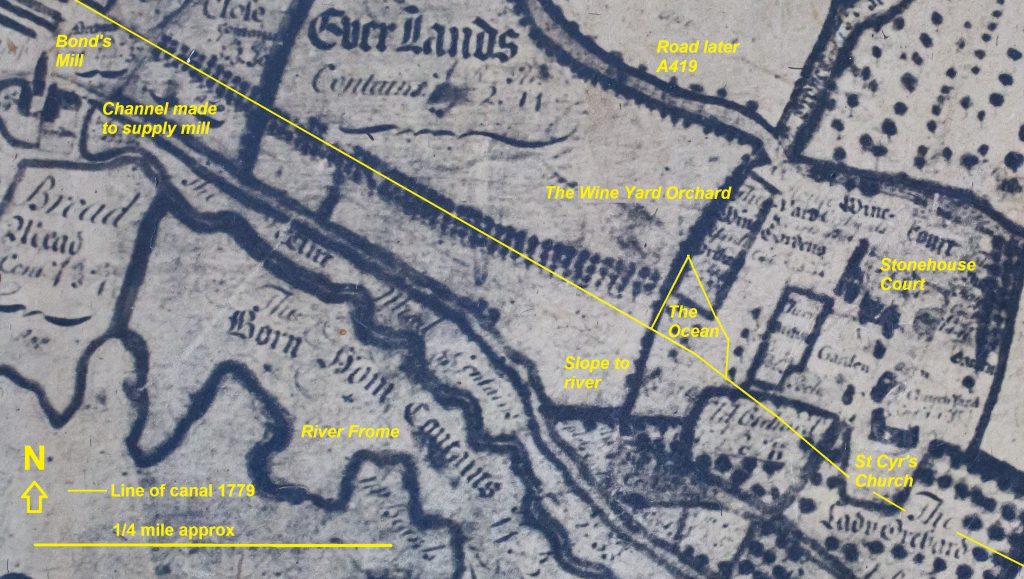
Stonehouse Court Ball’s map c1730
An excerpt from Ball’s map of Stonehouse Court and lands c1730. The yellow line across the centre shows where the Stroudwater canal was dug later (opened in 1779).
1779
The Stroudwater Canal opened, running through the manor lands.

An engraving of a boat being rowed along the Stroudwater Navigation in 1781
1800
Thomas White owned the Court
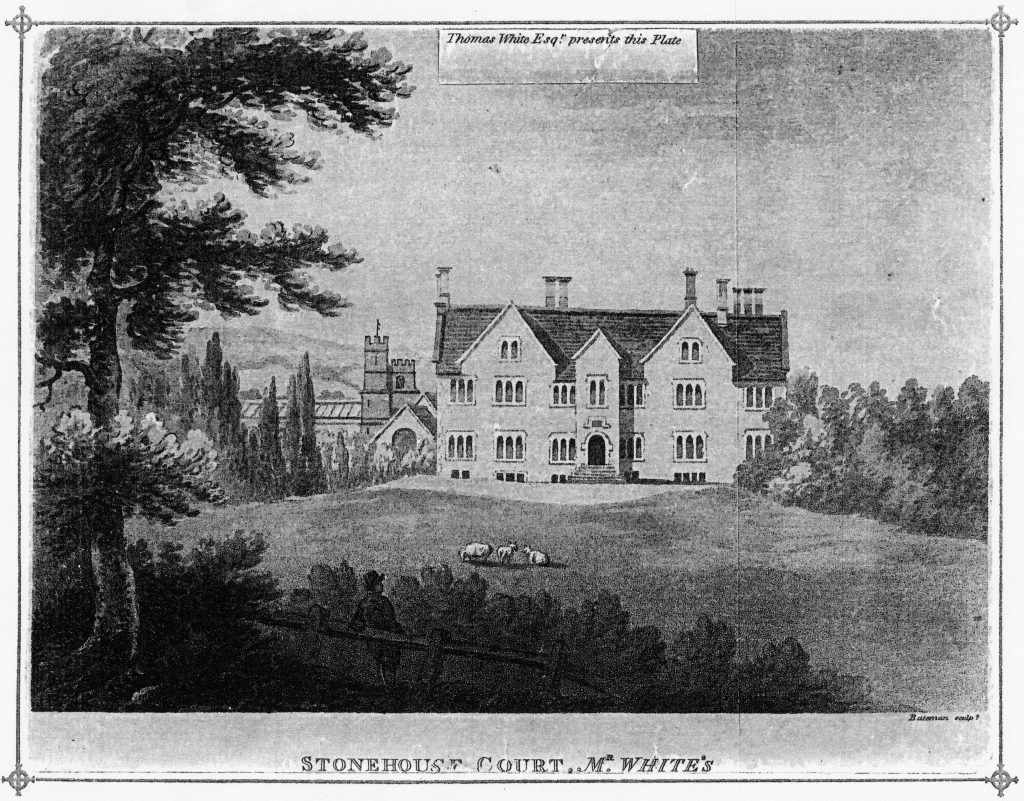
In 1800 Thomas White owned the Court
1810
Court Farm was built.
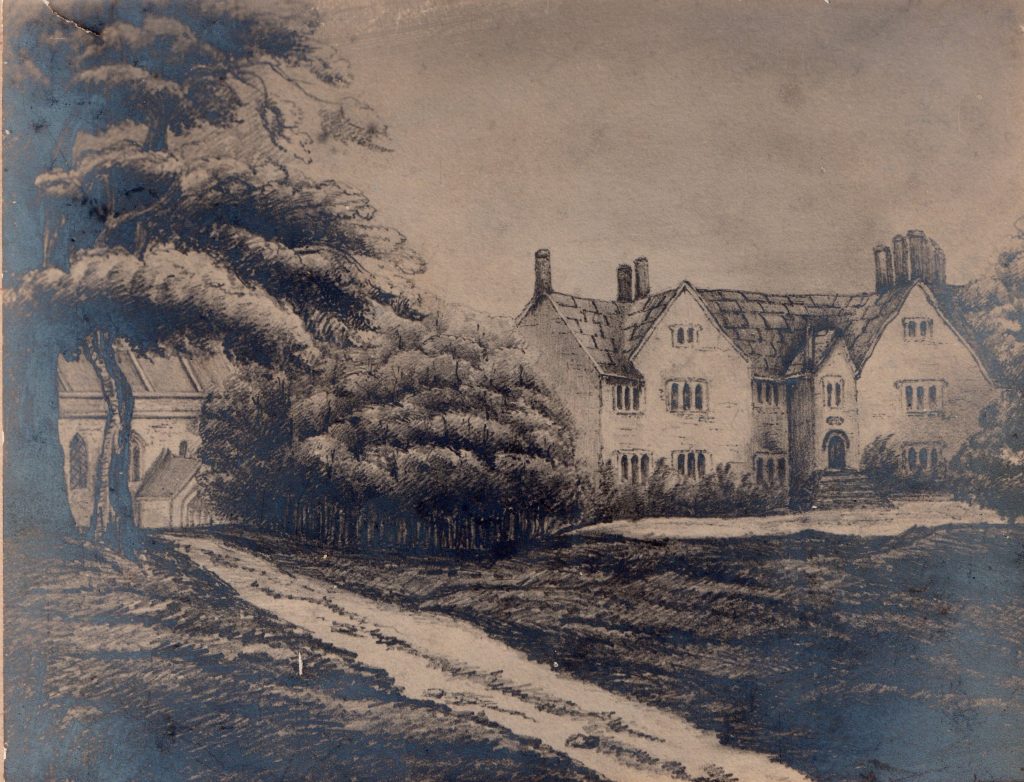
Stonehouse Court, from a drawing of 1810, showing the leaded roof of the church. It also shows the original pathway through the Court grounds, directly to the church door.
1847
The Court was owned by the Marling family.
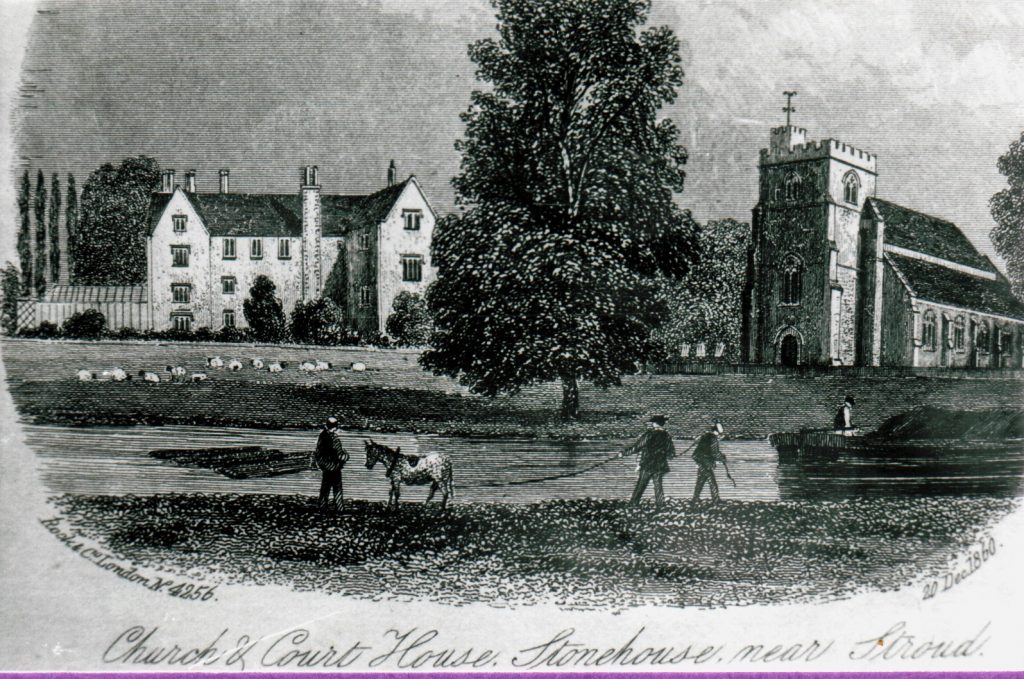
Stonehouse Court House and Church Dec. 1860
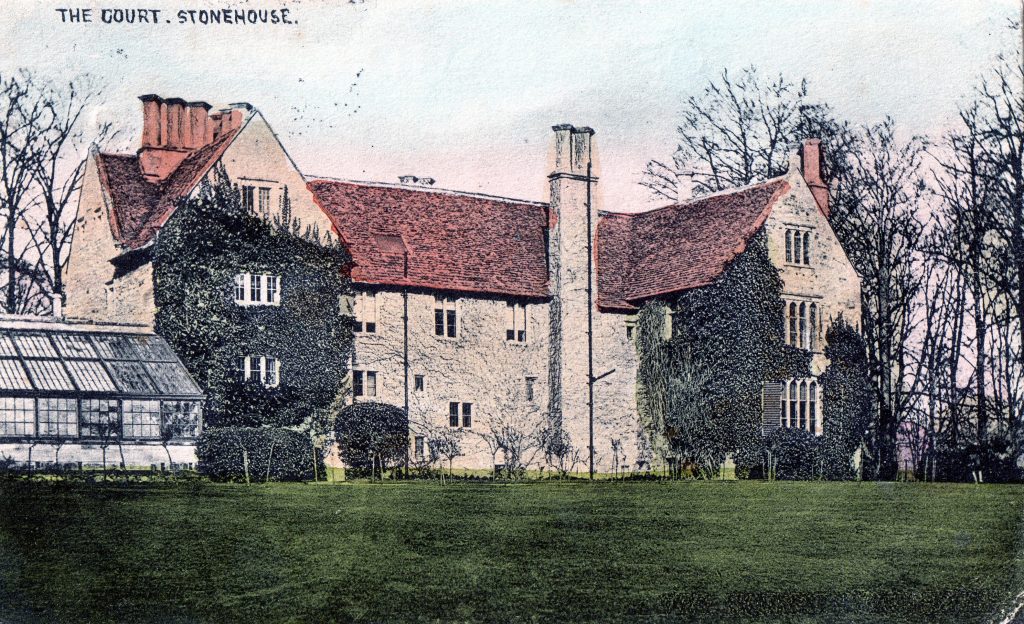
Stonehouse Court before the fire (back view)
1906
Stonehouse Court was bought by Arthur Winterbotham who completely refurbished the interior to a design by architect Edwin Lutyens.
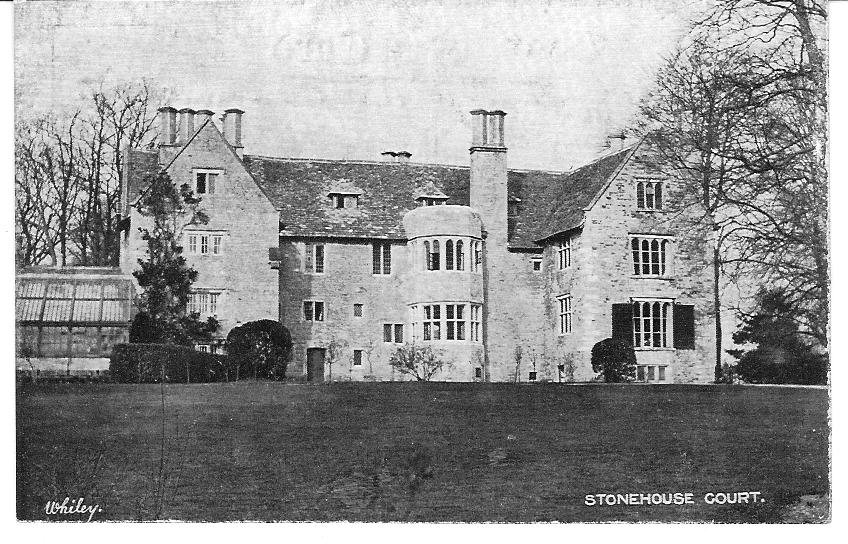
Stonehouse Court after Lutyens and before the fire c1908
1908
A fire destroyed the new interior of the house leaving only the outer shell. Winterbotham had the house restored in a similar fashion.
Display panel on Stonehouse Court Fire
Newspaper Report Stroud News June 5th 1908
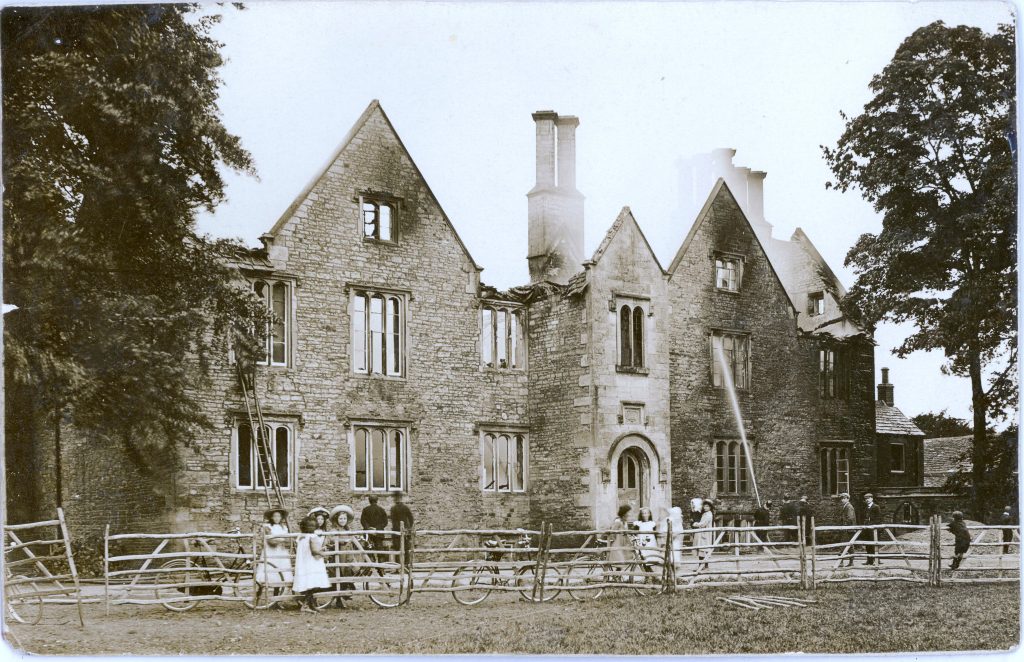
Stonehouse Court front on fire. Wilf Merrett Collection, Stroud Museum.
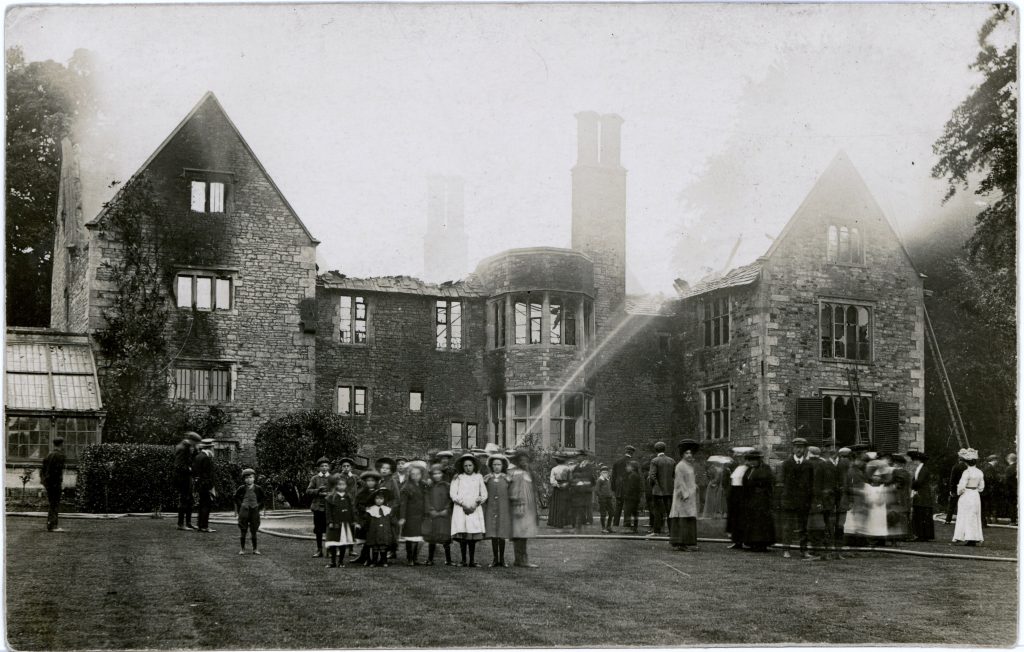
Stonehouse Court back on fire 1908
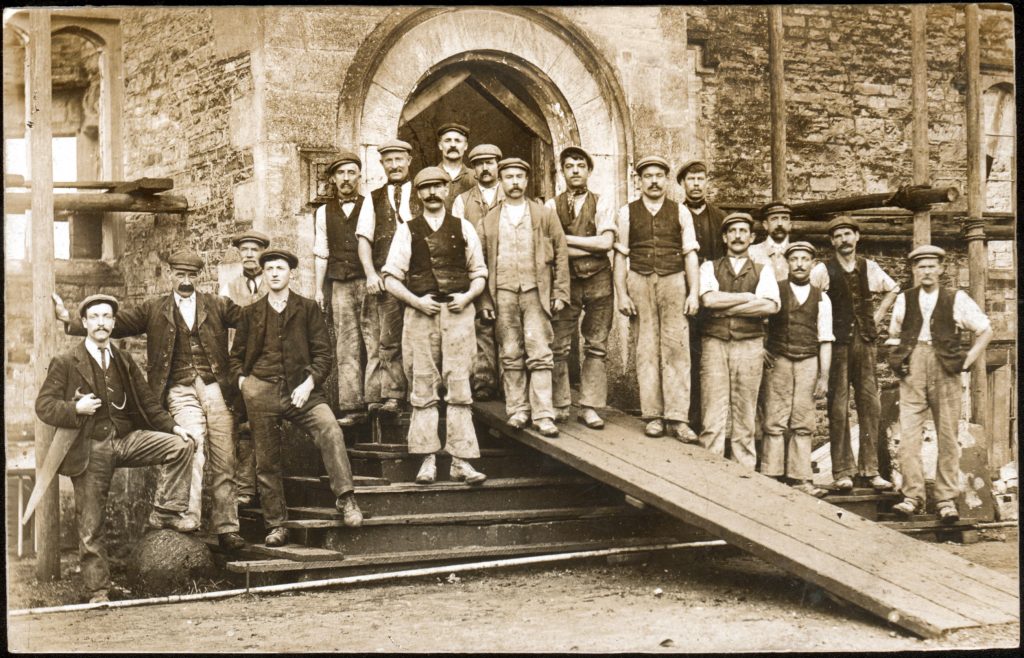
Workmen at the front of Stonehouse Court c1908
1936
Mr Winterbotham died, leaving his widow Caroline living there until her death in 1974, when the house was sold and, after a period as business offices, eventually became an hotel in 1983.
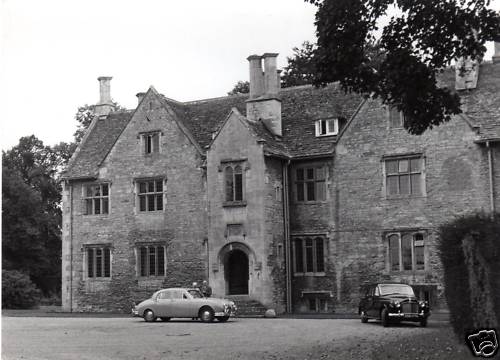
Stonehouse Court 1961
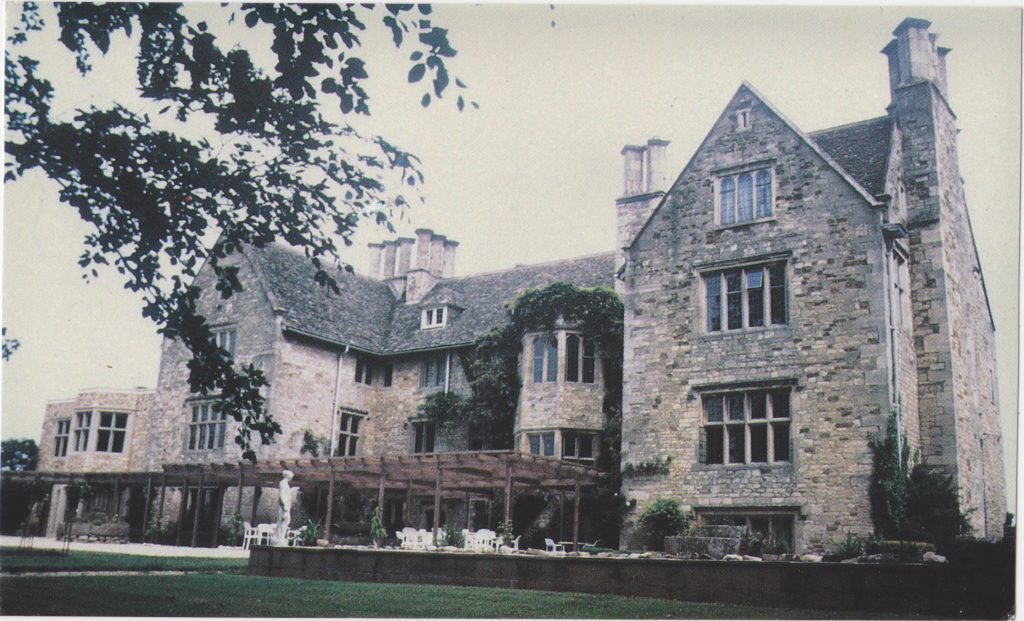
Stonehouse Court Hotel 1990s
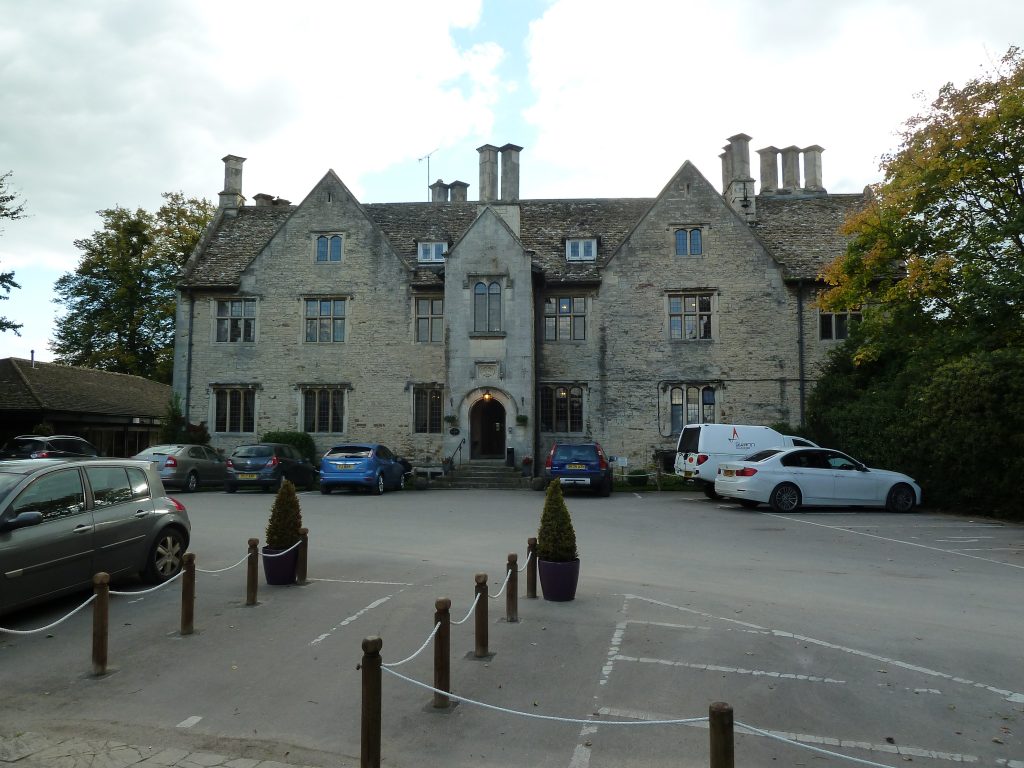
Stonehouse Court Hotel front Oct 2015
